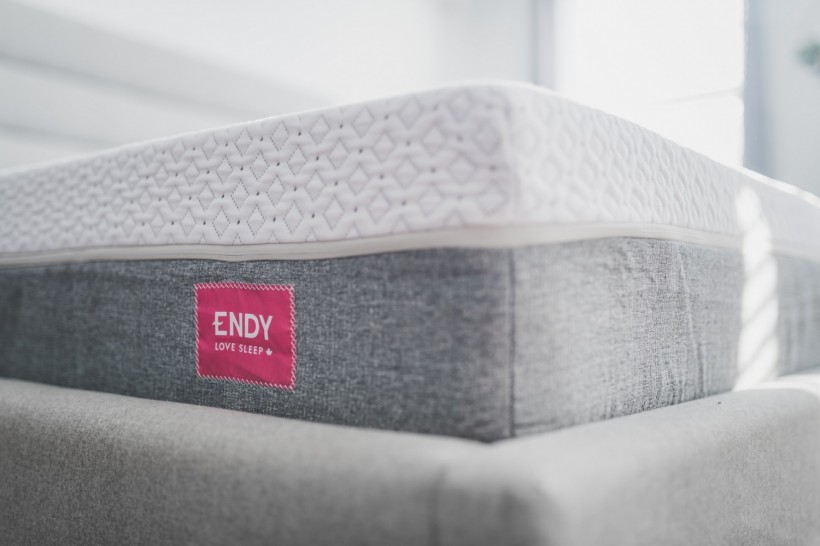The environment has been a hot political topic for decades, but it has only been in the last few years that people have really gotten serious about reducing their waste. One of the things that clog up landfills is furniture. In fact, over 9 million tons of furniture go to landfills every year, making up about 5 percent of total landfill waste.
A large part of the problem is simply a lack of consumer education. Most people are clueless about how to dispose of their furniture in a safe and eco-friendly way. Did you know that 80 percent of your average mattress is recyclable materials? Even so, recyclable doesn't necessarily mean biodegradable. So if you know you're going to be sending a mattress to a landfill eventually, you should try to find the most eco-friendly option. bed mattress sale for the most eco-friendly option.
Unfortunately, a bed mattress sale doesn't make it clear which mattresses are better for the environment. You will have to look for some clues within the descriptions of the mattress itself as well as the company you are purchasing through. Here are some things to look for in a mattress for an eco-conscious home.
Natural materials
It stands to reason that natural materials will be biodegradable and return to nature, making the carbon footprint of the mattress much smaller. However, it isn't always clear what natural materials are. For example, most people don't realize that latex is a natural material derived from a plant, and as such it completely breaks down over time. Some other common natural materials used in mattresses include cotton, wool, and hemp.
While it might be difficult to know just how much of a mattress is biodegradable, detailed mattress descriptions will tell you about the primary makeup of the materials used in the mattress. That will give you a baseline on which to consider your options.
Fewer resources to produce
One of the things that people don't think about is the cost and resources to produce the furniture in the first place. When a manufacturing process for a mattress is refined and uses few resources to produce each piece, the overall impact of that mattress on the environment is decreased. On the other hand, a brand could be using all-natural materials but have such a resource-heavy manufacturing process so that the overall carbon footprint is increased.
Unfortunately, you're probably not going to find a lot of ready information about the manufacturing processes of mattress brands. Some consumer watchdog sites may be of some use in determining the most eco-friendly mattresses, and you can look through their descriptions for clues. You can also sometimes find these details among the documents in the company's press kit or website. Most companies are doing their best to show the public how they are working to save the environment.
Checking for eco-friendly policies and company culture
How serious are you about reducing your carbon footprint? If you really want to know that you are getting a mattress worthy of your home, you'll also need to check into the mattress brand's policies and their company culture. This is easy enough to do by checking the company's website, particularly the about, mission, and careers pages.
However, you shouldn't stop at just the mattress brand. While it is important that the mattress itself be as biodegradable or recyclable as possible, the manufacture of the mattress is just the first step on its way to your door. There are likely several other entities involved in getting those mattresses to the consumers who need them, including transportation logistics and other matters that can use far more resources than the manufacture of the bed.
If you really want to be sure that you are buying from only the most environmentally friendly brands, you should check out every company along the supply chain to see if they are doing their part to reduce pollution and emissions. Since going green is finally catching on, finding this information should continue to get easier. As more brands jump on board the eco-train, it will easily become clear - the companies with poor environmental practices simply ignore the issue on their website and literature.
If this sounds like quite a bit of research before buying your mattress, that's because it definitely is. While it's great to have the ideals that you will always buy from green companies, the reality is that you may not have the time to do such research.
In the end, it is the companies that manufacture and distribute mattresses that should be held accountable for the environmental impact of their products. While the everyday average person can make a difference by choosing eco-friendly options when possible, you should not feel bad for not being able to research brands completely before buying.
© 2024 NatureWorldNews.com All rights reserved. Do not reproduce without permission.
* This is a contributed article and this content does not necessarily represent the views of natureworldnews.com

![Tsunami Hazard Zones: New US Map Shows Places at Risk of Flooding and Tsunamis Amid Rising Sea Levels [NOAA]](https://1471793142.rsc.cdn77.org/data/thumbs/full/70325/280/157/50/40/tsunami-hazard-zones-new-us-map-shows-places-at-risk-of-flooding-and-tsunamis-amid-rising-sea-levels-noaa.jpg)




